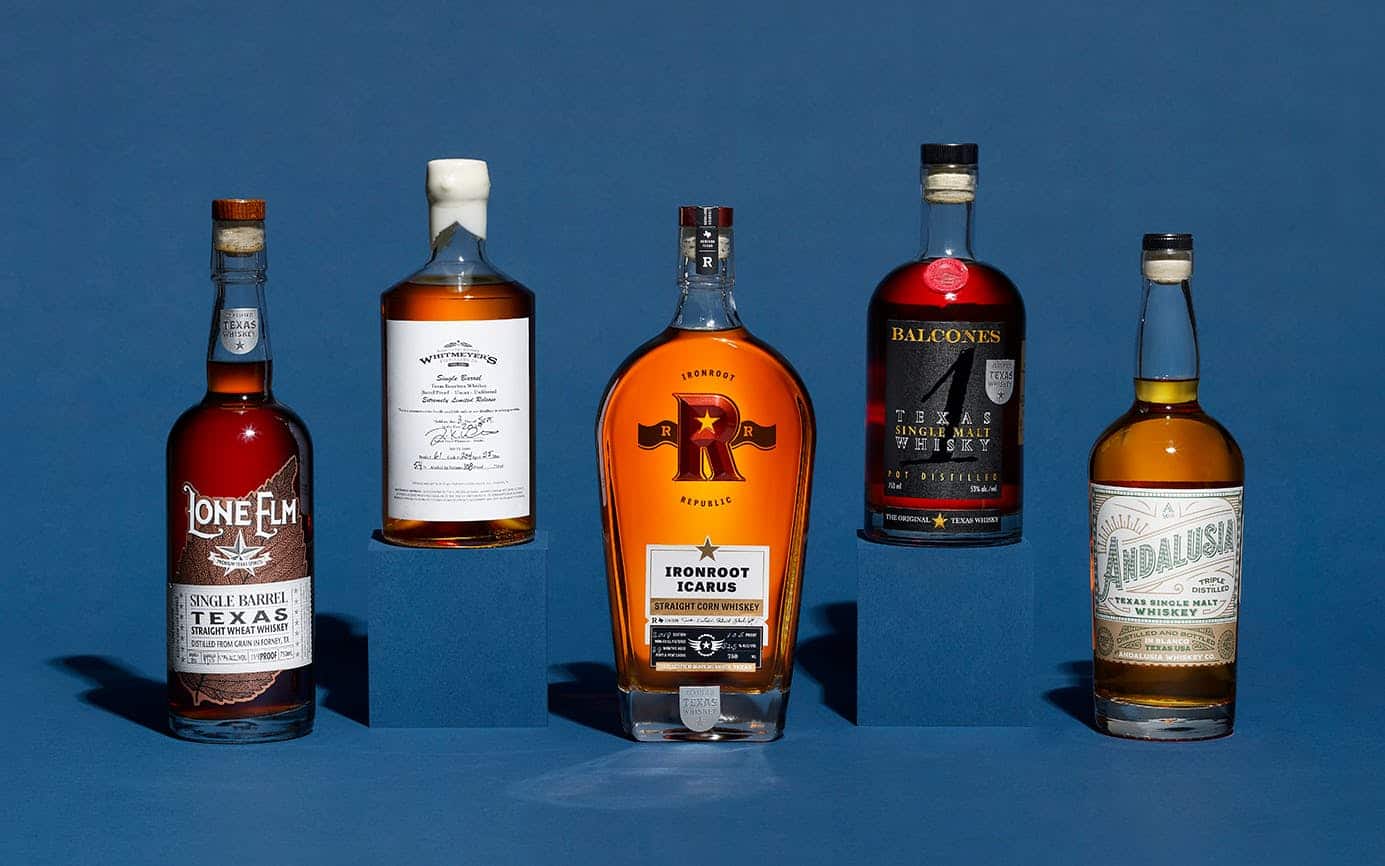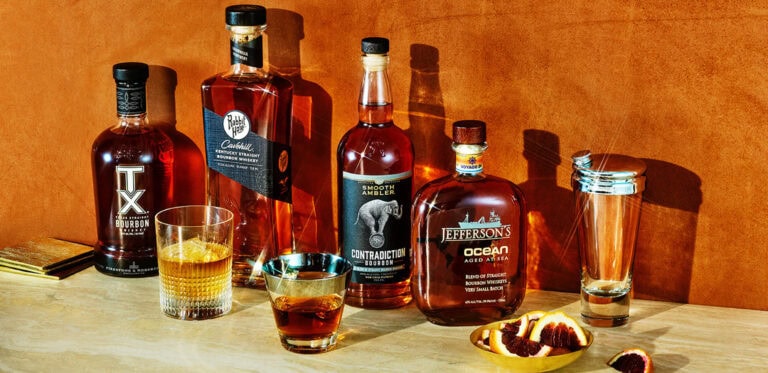Market and Industry Trends for Texas Whiskey
Texas whiskey has been making waves in the spirits industry, drawing attention from enthusiasts and connoisseurs alike. Known for its bold flavors and unique characteristics, Texas whiskey has carved out a distinctive niche in the market. In this article, we’ll dive deep into the current market and industry trends for Texas whiskey, exploring its growth, consumer preferences, and the challenges the industry faces.
Whether you’re a whiskey lover or a budding entrepreneur, understanding these trends can offer valuable insights into this dynamic and exciting market. So, grab a glass and let’s explore the world of Texas whiskey!
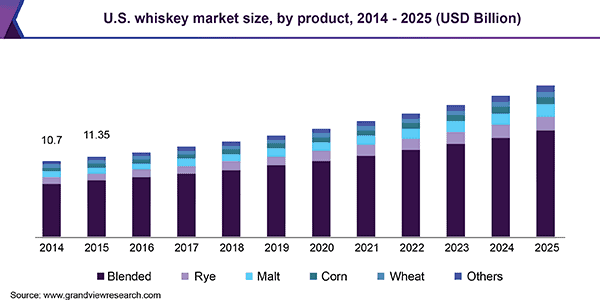
Growth of the Texas Whiskey Market
Texas whiskey has carved out a unique niche within the broader whiskey industry, combining traditional techniques with local flair. The growth of this market has been substantial over the past few years, driven by various factors including consumer interest in craft spirits and the distinctive taste of Texas whiskey.
Historical Growth
Historically, the Texas whiskey market has experienced a steady rise. The foundation of this growth can be traced back to the early 2000s when a few pioneering distilleries began producing whiskey using local ingredients and unique aging processes. These early adopters leveraged the distinct climate and resources of Texas to create a product that stood out in the crowded whiskey market.
The first notable surge occurred around 2010, when Texas whiskey started gaining national attention. Awards and recognition at various spirits competitions bolstered its reputation, leading to increased demand. The unique flavors, often attributed to the hot Texas climate accelerating the aging process, became a selling point. By the mid-2010s, the market saw a proliferation of new distilleries, each contributing to the growing prestige of Texas whiskey.
In addition to awards and recognition, the growing popularity of Texas whiskey was fueled by the broader trend of consumers seeking local and craft products. The farm-to-table movement extended to beverages, with consumers looking for locally sourced and produced spirits. Texas whiskey, with its distinctive taste and quality, fit perfectly into this trend.

Furthermore, the state’s rich history in distillation played a role. Texas has a long tradition of distilling, dating back to the 19th century. The modern revival of this tradition created a sense of heritage and authenticity that resonated with consumers. Distilleries often emphasize this historical connection in their branding and marketing, appealing to consumers’ desire for a product with a story.
Future Projections
Looking ahead, the Texas whiskey market shows no signs of slowing down. Market analysts predict continued growth driven by both domestic and international demand. The increasing global appreciation for craft spirits is expected to play a significant role, as Texas whiskey’s reputation for quality continues to spread.
Innovation within the industry will likely spur further growth. Distilleries are experimenting with new aging techniques, grain combinations, and production methods to differentiate their products. Moreover, the rise of whiskey tourism in Texas, where enthusiasts visit distilleries to experience the production process firsthand, is expected to contribute to market expansion.
Projections indicate that the Texas whiskey market could grow by double digits annually over the next decade, with more distilleries entering the scene and existing ones expanding their operations. Additionally, partnerships and collaborations with international distributors will help Texas whiskey reach a broader audience, further driving growth.
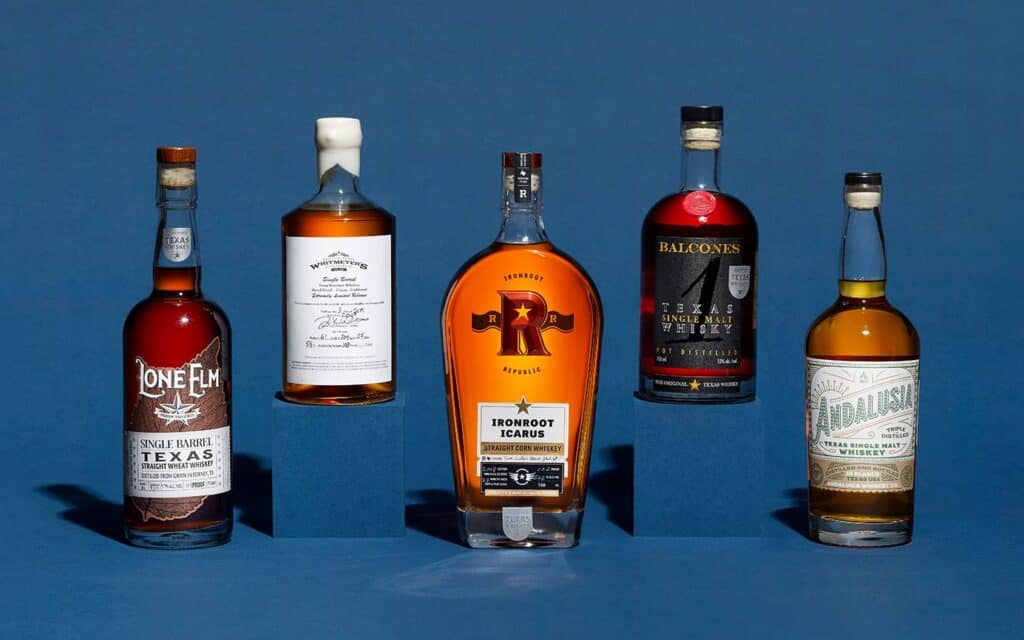
The role of technology and data analytics in refining production processes cannot be understated. Distilleries are increasingly using data to optimize their operations, from grain selection to aging techniques. This scientific approach ensures consistency and quality, meeting the high expectations of today’s informed consumers.
In terms of market segments, premium and ultra-premium Texas whiskeys are expected to see significant growth. As consumers become more knowledgeable and discerning, they are willing to invest in higher-priced products that offer unique flavors and exceptional quality. This trend will encourage distilleries to innovate and produce high-end offerings that cater to this demand.
Consumer Preferences
Understanding consumer preferences is crucial to comprehending the market dynamics of Texas whiskey. These preferences are shaped by various factors, including demographics, flavor trends, and the growing interest in artisanal and locally-produced spirits.

Demographics
The demographic profile of Texas whiskey consumers is diverse. While traditionally, whiskey has been associated with older male consumers, recent trends show a broader appeal. Millennials and Gen Z are increasingly exploring whiskey, drawn by its rich history and the craft movement.
Additionally, the gender dynamics are shifting. More women are becoming whiskey enthusiasts, thanks in part to targeted marketing and the inclusive environment fostered by many distilleries. This shift is reflected in tasting rooms and whiskey events, where a more diverse crowd is now a common sight.

The economic profile of Texas whiskey consumers is also varied. While it attracts high-income individuals willing to pay a premium for quality, the market also includes middle-income consumers who seek value in craft spirits. This broad appeal across different demographics underscores the potential for market growth.
Geographically, while Texas remains the primary market, there is growing interest from other states and even internationally. As more people discover Texas whiskey through travel, word-of-mouth, and online platforms, the customer base continues to expand. This geographic diversification is crucial for sustaining long-term growth and reaching new audiences.
Popular Trends
Several trends are shaping consumer preferences in the Texas whiskey market. One prominent trend is the preference for small-batch and single-barrel releases. These products offer a unique experience with each bottle, appealing to enthusiasts who appreciate distinct flavors and the story behind each batch.
Another trend is the interest in sustainability and local sourcing. Consumers are increasingly concerned about the environmental impact of their purchases and prefer brands that prioritize eco-friendly practices and locally-sourced ingredients. Texas distilleries that emphasize their commitment to sustainability often find favor with these consumers.

The rise of flavored and experimental whiskeys is another noteworthy trend. Infusions of different flavors, such as honey, spices, and various fruits, cater to those looking for something beyond traditional whiskey profiles. These products attract both seasoned whiskey drinkers and newcomers looking for a gateway into the whiskey world.
Furthermore, the role of social media and digital marketing cannot be ignored. Many consumers discover new brands and products through platforms like Instagram, where distilleries showcase their offerings and behind-the-scenes processes. Engaging content and storytelling help build a loyal customer base and foster a deeper connection between the consumer and the brand.
Events and experiences also play a significant role in shaping consumer preferences. Whiskey festivals, tasting events, and distillery tours offer consumers a chance to engage directly with the product and the people behind it. These experiences create memorable connections and often lead to increased brand loyalty and repeat purchases.
Industry Challenges
While the Texas whiskey market is on an upward trajectory, it faces several challenges that could impact its growth. Addressing these challenges is crucial for maintaining the momentum and ensuring long-term sustainability.
Competition
The increasing number of distilleries in Texas and the broader U.S. means heightened competition. New entrants must differentiate themselves in a crowded market where established brands already have a loyal customer base.
Furthermore, Texas distilleries are not just competing among themselves but also with well-established whiskey brands from other states and countries. Scotch, Irish, and Japanese whiskeys have strong global followings, and American bourbon remains a formidable competitor. Texas whiskey producers must continually innovate and market their unique qualities to stand out.
One way to address competition is through the emphasis on local identity and unique production techniques. Highlighting the distinct characteristics of Texas whiskey, such as the impact of the Texas climate on aging, can help differentiate it from other whiskey types. Storytelling that connects the product to the local culture and history can also create a unique selling proposition.

Additionally, forming strategic partnerships can be beneficial. Collaborations with other local producers, such as breweries and wineries, can create innovative products that attract attention. Joint marketing efforts with tourism boards can also help promote Texas whiskey to a broader audience.
Regulatory Hurdles
The regulatory environment presents another significant challenge. Distilleries must navigate complex federal, state, and local regulations, which can be costly and time-consuming. These regulations cover various aspects, including production, distribution, and marketing.
For instance, the process of obtaining licenses and permits can be lengthy, delaying the time it takes for new distilleries to start operations. Additionally, laws governing the sale and distribution of alcohol can vary widely across states, complicating efforts to expand beyond Texas.
Changes in regulations, such as shifts in tax policies or new compliance requirements, can also impact the profitability of distilleries. Staying abreast of these changes and adapting accordingly is crucial for sustained growth.
Advocacy and industry collaboration are essential in addressing regulatory challenges. Distilleries can benefit from joining industry associations that lobby for favorable legislation and provide resources for navigating regulatory complexities. Collective efforts to educate lawmakers about the industry’s needs and contributions can lead to more supportive regulatory environments.
Moreover, leveraging technology to streamline compliance processes can reduce the burden on distilleries. Automated systems for tracking inventory, reporting, and ensuring regulatory adherence can save time and resources, allowing distilleries to focus on production and innovation.
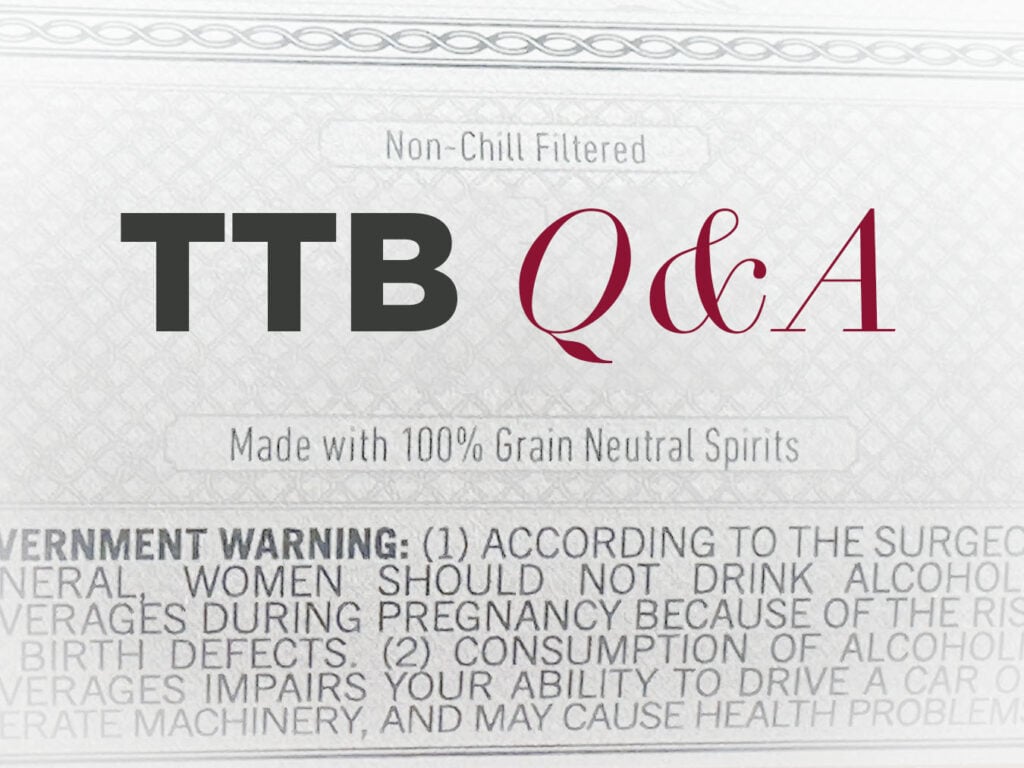
Conclusion
The Texas whiskey market is a dynamic and growing segment of the broader spirits industry. Historical growth has been driven by a combination of unique local production methods, increasing consumer interest in craft spirits, and strategic marketing. Looking to the future, the market is poised for continued expansion, supported by innovation and the rising trend of whiskey tourism.
Consumer preferences are evolving, with a more diverse demographic showing interest in whiskey, and trends like small-batch releases, sustainability, and experimental flavors gaining traction. However, the industry must navigate significant challenges, including intense competition and complex regulatory environments.
By addressing these challenges and leveraging the unique strengths of Texas whiskey, distilleries can continue to thrive and contribute to the rich tapestry of the global spirits market.
Disclosure: Our blog contains affiliate links to products. We may receive a commission for purchases made through these links. However, this does not impact our reviews and comparisons. We try our best to keep things fair and balanced, in order to help you make the best choice for you.

